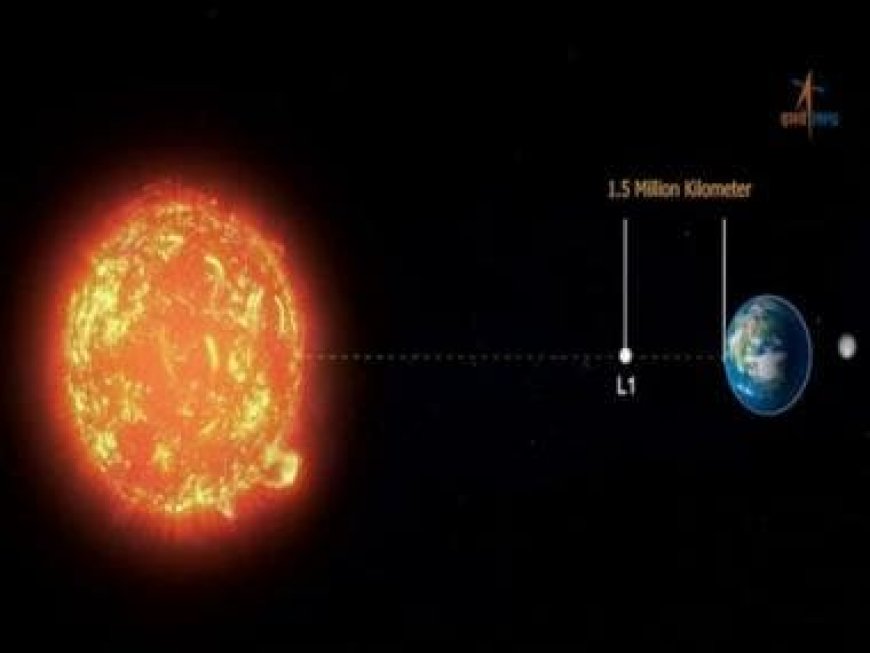Aditya-L1 enters final orbit, PM Modi calls it ‘yet another landmark’ in India’s space research
Aditya-L1 enters final orbit, PM Modi calls it ‘yet another landmark’ in India’s space research

In what seems to be yet another historic moment for India in outer space, Aditya-L1 — the country’s first mission to study the sun — has reached its final destination. The space observatory was launched on September 3 last year.
This nearly 1,500 kg satellite, developed at an estimated cost of 50 million dollars will serve as India’s primary space-based observatory dedicated to studying the sun from a distance of approximately 1.5 million kilometres away from Earth.
Lauding the country’s scientists for the achievement, Prime Minister Narendra Modi said India has created yet another landmark and that the country will pursue new frontiers of science to benefit humanity.
“India creates yet another landmark. India’s first solar observatory Aditya-L1 reaches its destination. It is a testament to the relentless dedication of our scientists in realising among the most complex and intricate space missions. I join the nation in applauding this extraordinary feat. We will continue to pursue new frontiers of science for the benefit of humanity,” PM Modi wrote in a post on X on Saturday.
India creates yet another landmark. India’s first solar observatory Aditya-L1 reaches it’s destination. It is a testament to the relentless dedication of our scientists in realising among the most complex and intricate space missions. I join the nation in applauding this…
— Narendra Modi (@narendramodi) January 6, 2024
Aditya-L1, the inaugural mission by the Indian Space Research Organisation (ISRO) aimed at solar study, reached its designated orbit as scheduled on Saturday, January 6, concluding its ambitious journey that commenced over four months ago from ISRO's Sriharikota launchpad in Andhra Pradesh.
Positioned in a halo orbit encircling Lagrange point 1 (L1) at approximately 4 pm, the chosen final insertion point offers a strategic advantage. This orbit remains unaffected by eclipses, allowing uninterrupted observation of the Sun.
A satellite in a halo orbit around the L1 point has the major advantage of continuously viewing the Sun without any occultations/eclipses, ISRO scientists have said, adding, this will provide a greater advantage in observing solar activities and its effect on space weather in real time.
The Polar Satellite Launch Vehicle (PSLV-C57) launched the Aditya-L1 spacecraft from the second launch pad of Satish Dhawan Space Centre (SDSC), Sriharikota, on September 2 last year.
After a flight duration of 63 minutes and 20 seconds, it was successfully injected into an elliptical orbit of 235x19500 km around the Earth. The spacecraft underwent a series of manoeuvres thereafter and headed Sun-Earth Lagrange Point 1(L1), having escaped the Earth's sphere of influence
The spacecraft carries seven payloads to observe the photosphere, chromosphere and the outermost layers of the Sun (the corona) using electromagnetic and particle and magnetic field detectors.
What's Your Reaction?

























































